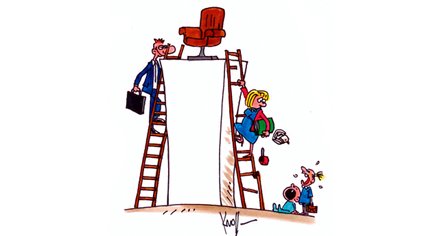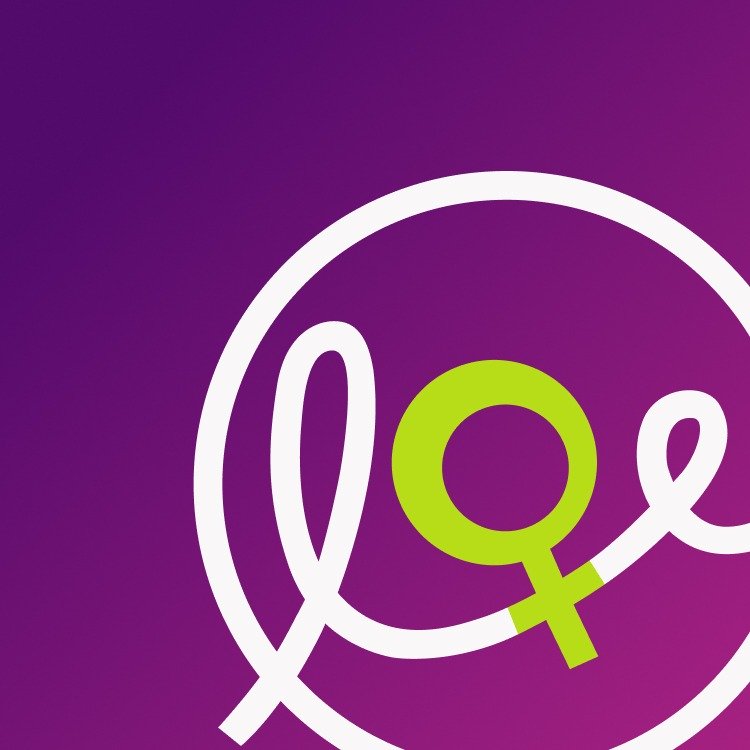[Brussels, 25 June 2014] The European Council meeting on the 26 and 27 July, will endorse the Country-Specific-Recommendations (CSRs) which were issued to 26 Member States (excluding the Troika countries: Greece and Cyprus) by the European Commission on 2nd of June. The CSRs are intended to guide Member States national structural reform policy. However, the dominance of macroeconomic priorities primarily focussing on austerity has serious repercussions for gender equality policies.
CSRs that call for ‘reforms’ to pension systems to ensure sustainability fail to address the EU average 39% pension gap between women and men and instead call for the harmonisation/equalisation of statutory retirement age between women and men, and a link to life expectancy. Similarly, CSRs that call for wage adjustments in line with competitivity remain silent on the gender pay gap, which exists in all countries of the EU. No Member State was issued with CSRs on the gender pay and pension gaps in 2014. Austria was the only country to receive such CSRs in 2011, 2012 and 2013 but not in 2014 despite the fact that the gender pay and pension gaps have not disappeared.
This is a missed opportunity as the main European policy driver, namely economic governance, is taking place in a detached way placing macro-economic policies at the heart of the strategy, to the detriment of gender equality policies and social justice in Europe. Continuous austerity measures that are putting public services and policies under pressure are not working; 124 million women and men in Europe are experiencing poverty, an increase of almost eight million since the EU set the target to lift at least 25 million out of poverty by 2020 as a direct result of austerity driven structural reforms. Clearly the right hand doesn’t know what the left hand is doing, we need to reconnect: the economy must work for the wellbeing of all and not the other way around.
CSRs have been issued to Member States by the European Commission since 2011. Based on an assessment of Member States budgets and policies (National Reform Programmes, National Stability and Convergence programmes), the Commission’s CSRs focus on structural reforms without considering how these will impact on women and men and gender equality. Focus on increasing women’s employment rate alone, by providing more child care, is one example of the way in which gender equality is perceived: women’s participation is linked to economic development while perpetuating gender roles with regards to care. In 2014, eight Member States (UK, Slovakia, Poland, Italy, Ireland, Germany, Estonia, and Czech Republic) received CSRs on boosting child care provision as a direct link to enabling women’s labour market participation.
The EWL calls on the Commission to look beyond the female employment rate and pay more attention to gender inequalities in the labour market and the way these are linked to gender inequalities at home, for example, strengthening measures and monitoring the obstacles to men’s take-up rate of parental leave.
In order to understand the different impact that policies have on women and men it is crucial that gender segregated data are available. Without accurate data, it is impossible to formulate policies that have equal outcome. It should be stressed, that in many countries where gender budgeting analysis is carried out there is clear evidence to show that the distribution of public resources favours men. Major emphasis is placed on men’s needs, activities and priorities. This results to a large extent from the fact that economic distribution is based on traditional theories where the male life-cycle is the norm.[[Swedish Women’s Lobby, Handbook in Gender Budgeting, 2008.]]
The EWL calls the Commission to acknowledge the different impacts that policies have on women and men, especially in times when vast austerity measures are influencing public spending in all the EU member states.
Recent developments show that there has to be stronger commitments to tackling the rising unemployment and poverty within the EU. The crisis is far from over, more stringent steps have been taken to reach the poverty and employment targets of the EU2020 Strategy.
With regards to the employment target (75% for women and men), in 2013, the EU employment rate for men (aged 20-64) was 74.2 % while it was only 62.5 % for women. The gender gap must be addressed acknowledging the gender-specific division of labour and the disproportionate share of women’s unpaid work. With regards to the poverty target, older women and single-parents are among those who suffer most from the ongoing austerity measures. [[European Women’s Lobby, The Price of Austerity- The impact on women’s rights and gender equality in Europe, 2012.]]
It is vital that the Commission emphasises the gender perspective in all of its work and respects the treaty obligations as well as international commitments of the UN Women’s Convention (Convention on the Elimination of all forms of Discrimination against Women – CEDAW) and the Beijing Platform for Action.
The EWL is also part of a broader European Alliance of Civil Society Organisations for a Democratic, Social and Sustainable European Semester, coordinated by the European Anti-Poverty Network, which calls for a more democratic, transparent and legitimate European governance that places women and men at the heart of a strategy for smart, sustainable and inclusive EU. An overall assessment of the 2014 CSRs was produced by the Alliance focusing on the poverty, employment, education, environmental targets and including gender equality.



